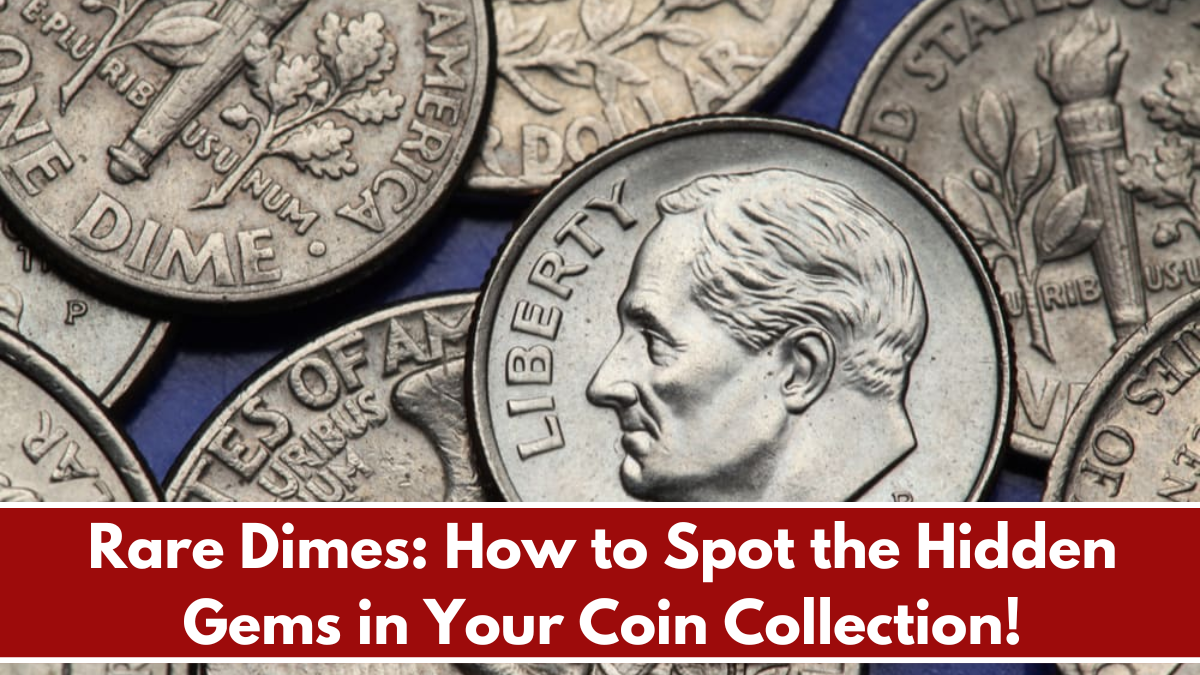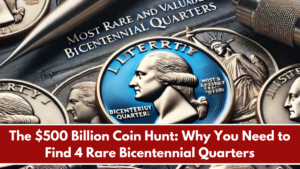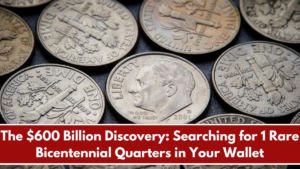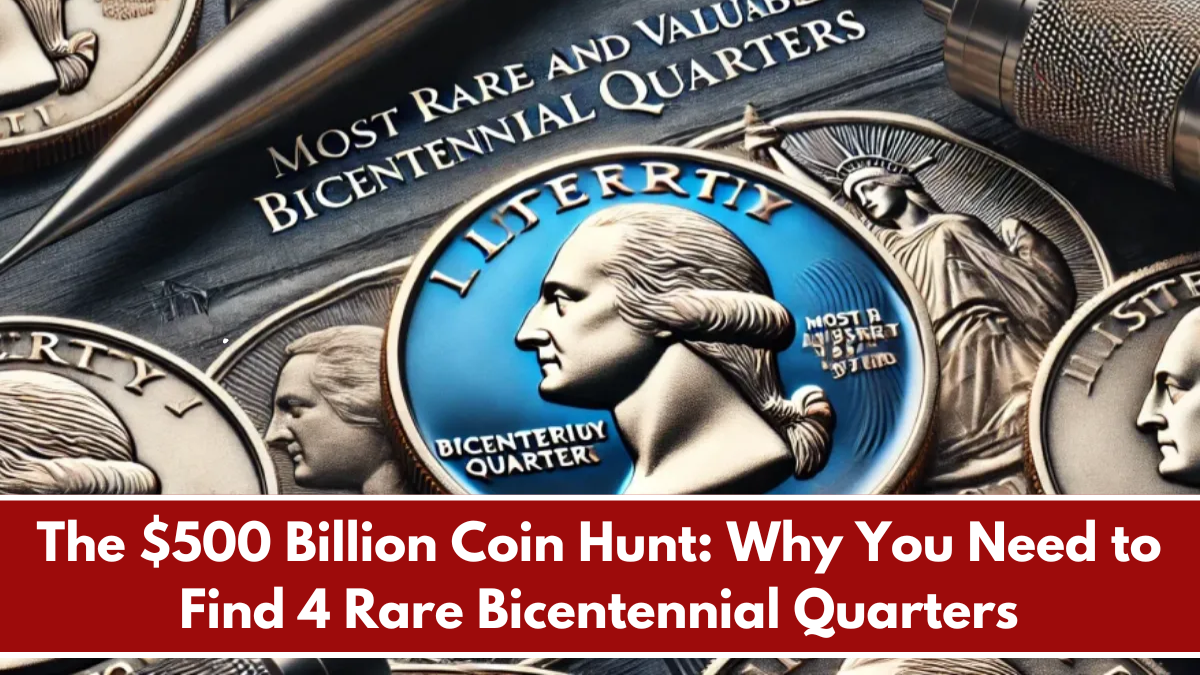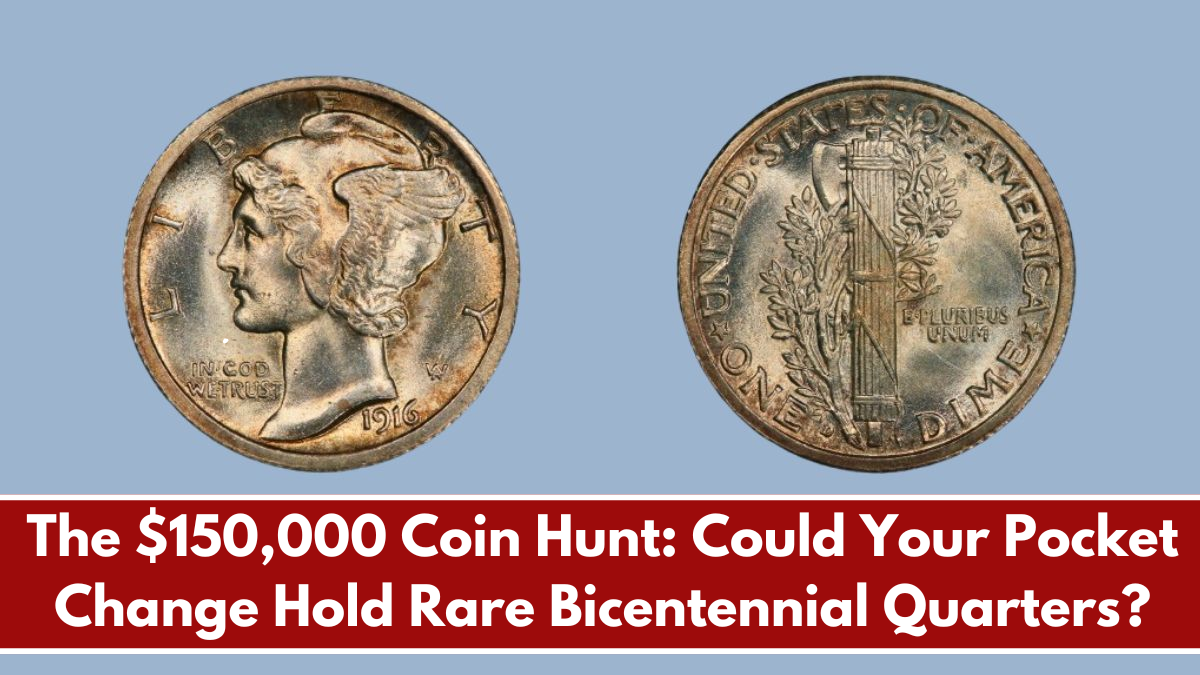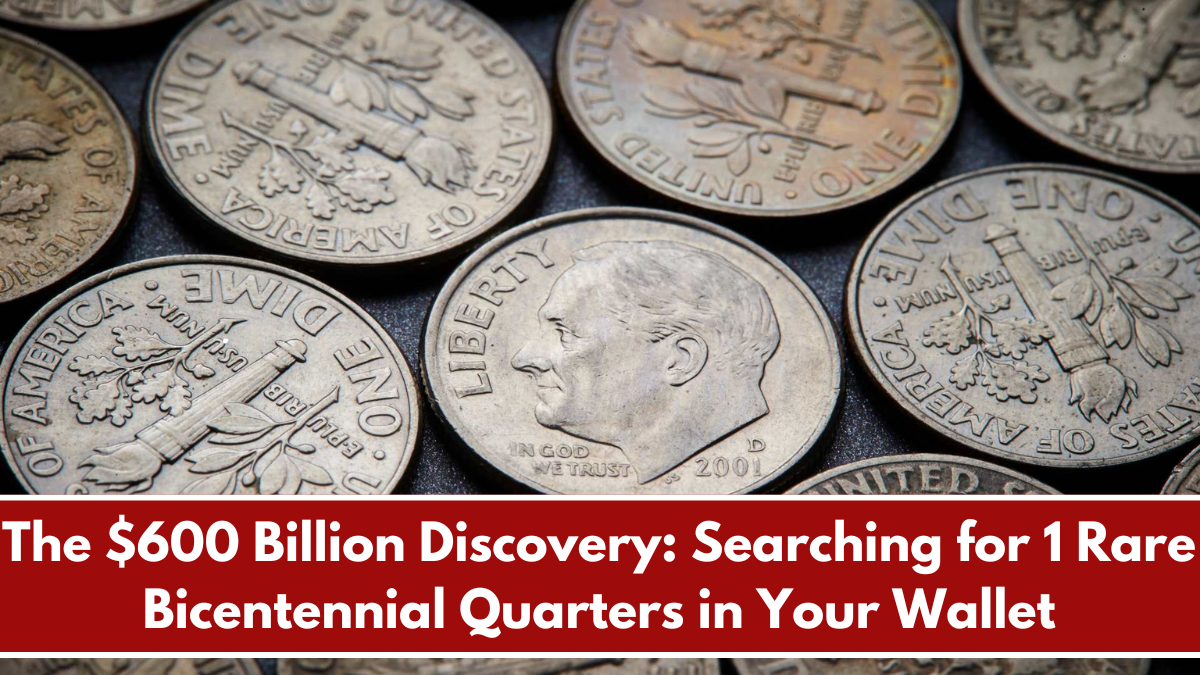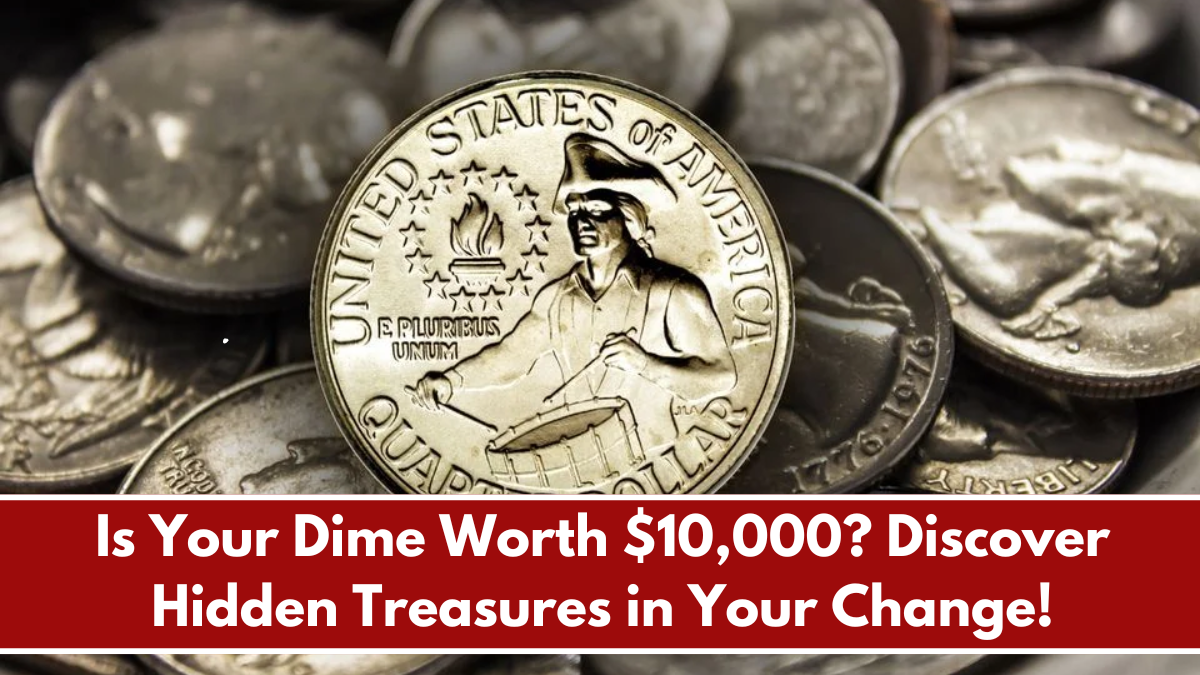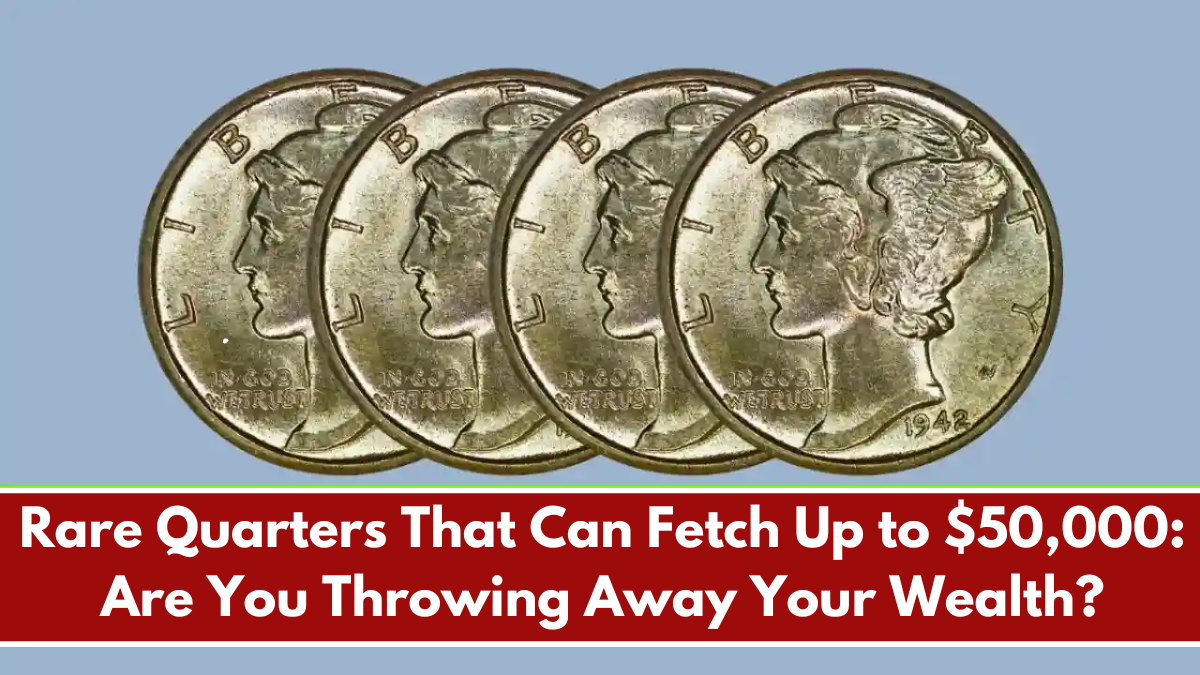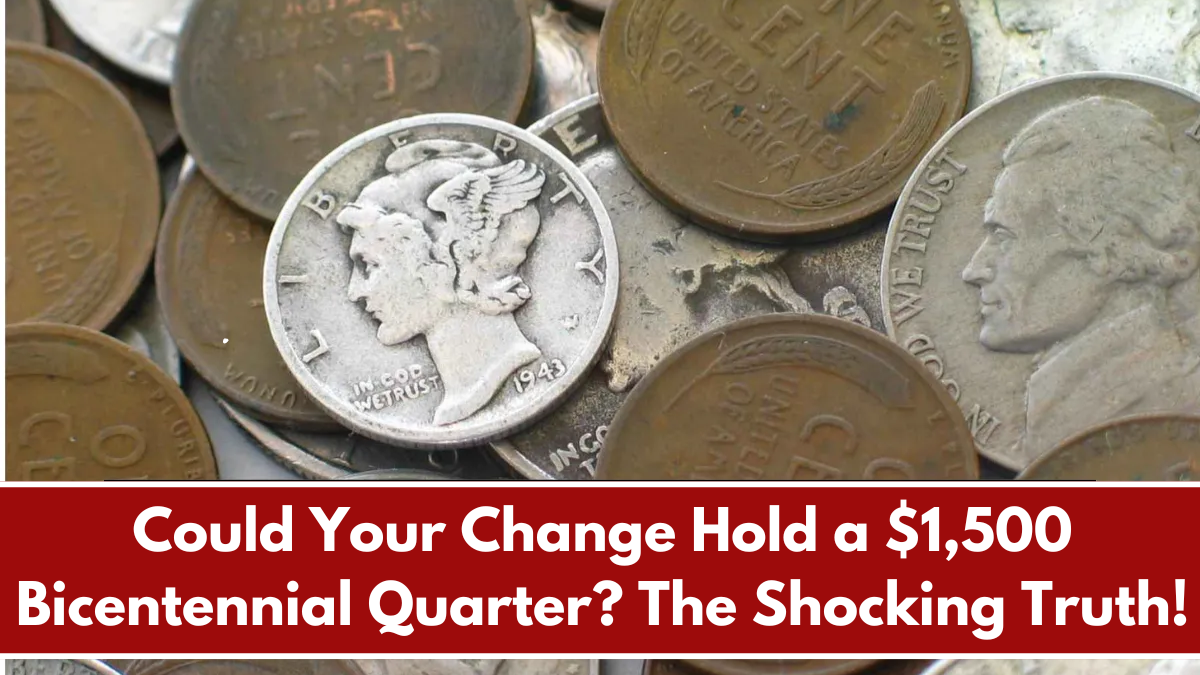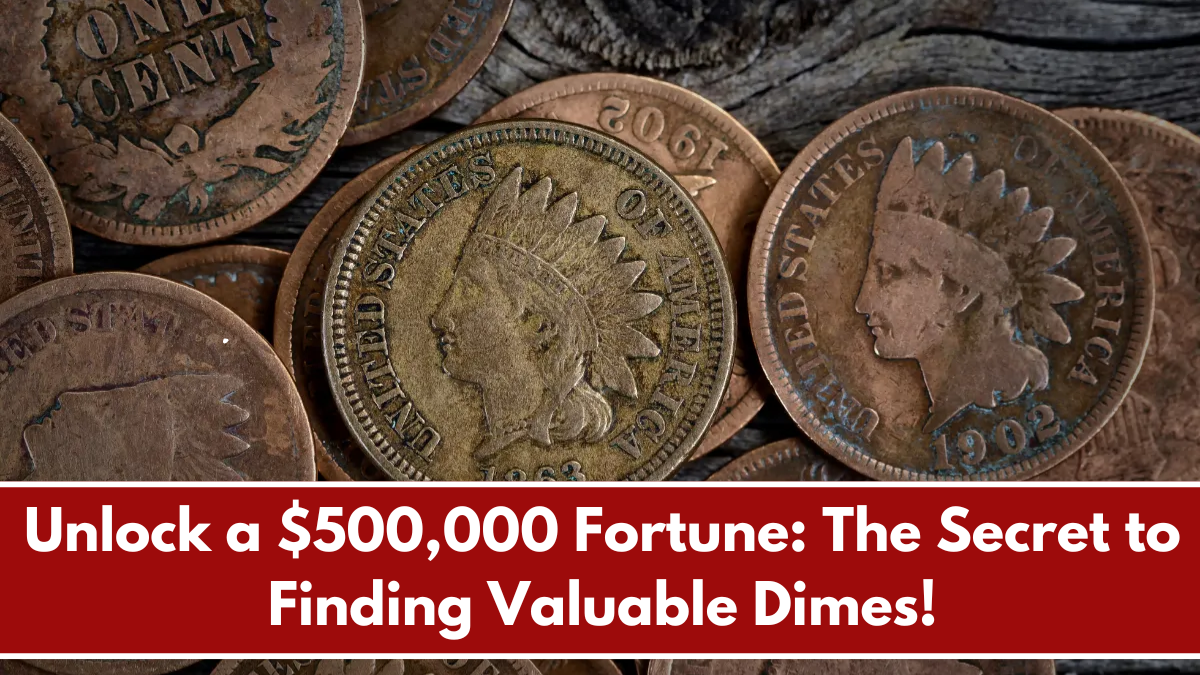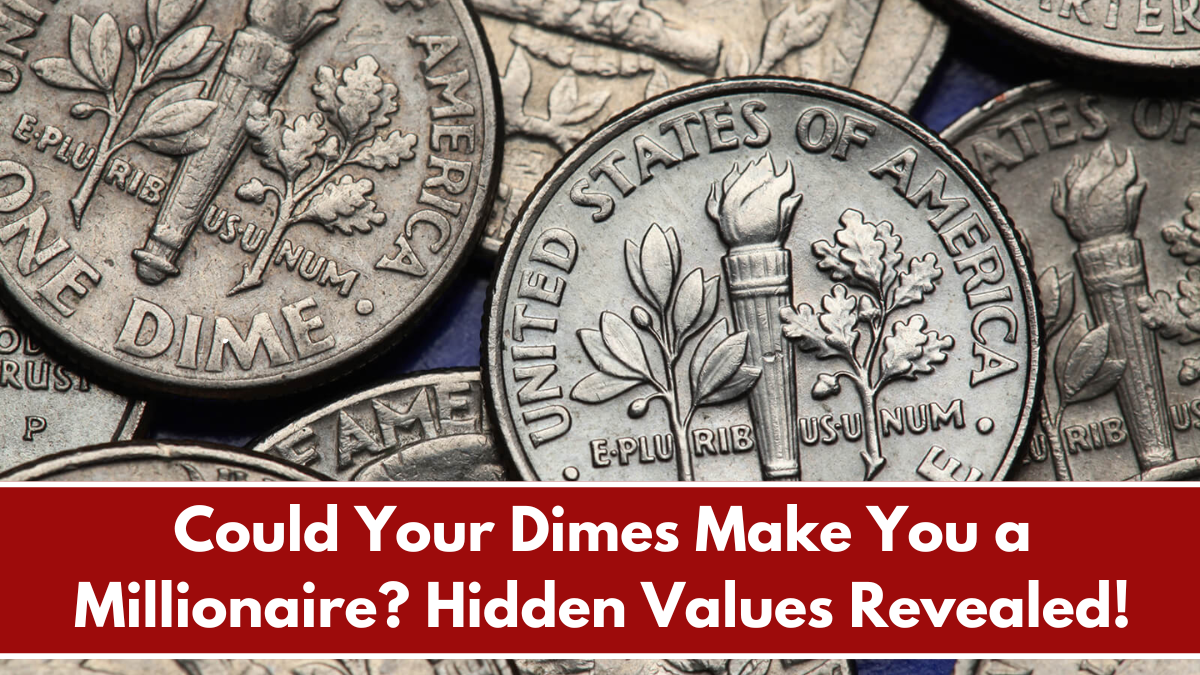Dimes, though small in size, can pack a punch when it comes to value, especially if you know what to look for. From historical significance to minting errors, certain dimes are worth far more than their face value. If you’re a coin collector or just a casual enthusiast, this guide will help you identify rare dimes that could be hidden in your collection.
Key Factors That Determine Rarity
- Mintage Numbers: The number of coins produced in a given year greatly affects rarity. Lower mintage often translates to higher value. For instance, the 1894-S Barber dime had a mintage of just 24 pieces, making it one of the most valuable dimes today.
- Condition (Grade): Coins are graded on a scale from 1 to 70, with higher numbers indicating better condition. Coins in mint condition (often referred to as “uncirculated”) will command significantly higher prices.
- Mint Marks: Dimes produced at different U.S. mints will have specific mint marks (like “D” for Denver or “S” for San Francisco) that can impact value. For example, the 1916-D Mercury dime is much more valuable than its Philadelphia counterpart.
- Errors and Variations: Certain dimes have minting errors, like double strikes or incorrect planchets, which can drastically increase their value. Collectors are often on the lookout for these unique pieces.
Spotting Rare Dimes in Your Collection
To identify potential hidden gems, follow these tips:
- Examine Your Dimes: Start by sorting through your collection and examining the dates and mint marks. Look for key years and mint marks that are known for higher values.
- Check for Errors: Use a magnifying glass to inspect the details on your dimes. Look for:
- Double Strikes: This happens when a coin is struck twice, leading to overlapping images.
- Off-Center Strikes: When a coin is not perfectly centered during minting, it can create an unusual appearance.
- Repunched Mint Marks: Some coins have mint marks that appear more than once, making them rarer.
- Research Market Values: Utilize online resources like the Professional Coin Grading Service (PCGS) or Numismatic Guaranty Corporation (NGC) for up-to-date values. Reference books like “A Guide Book of United States Coins” (the Red Book) can also be helpful.
- Consult Experts: If you suspect you have a valuable dime but are unsure, consider consulting a professional coin dealer or a reputable numismatist. They can offer insights and help you determine if your coin is worth appraising or selling.
- Join a Coin Collecting Community: Engaging with fellow collectors can provide valuable insights and tips on rare finds. Online forums and local coin clubs are great places to share knowledge and learn from experienced collectors.
Rare dimes can be hiding in your collection. By understanding what makes a dime valuable and examining your coins carefully, you can uncover hidden treasures. Happy hunting!
FAQ’s:
What dimes should I look for?
Look for Mercury dimes, especially the 1916-D, and rare Barber dimes like the 1894-S.
How can I determine the value of my dimes?
Check current market prices through online resources or reference books.
What minting errors should I look for?
Look for double strikes, off-center strikes, and repunched mint marks.
Where can I find more information about coin collecting?
Join online forums, visit local coin shops, or refer to numismatic literature.
Is professional grading worth it?
Yes, if you believe you have valuable coins, grading can help establish authenticity and value.
